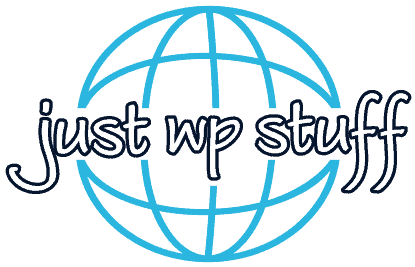Content Management in WordPress
The real power of WordPress lies in its flexibility and ease with which users, even those without a technical background, can manage content. From posts and pages to media and revisions, this CMS (Content Management System) offers a seamless experience. This article will delve into the nuances of content management within WordPress.
Posts vs. Pages
At its core, WordPress differentiates between two primary types of content:
Posts: Entries listed in reverse chronological order, typically found on a site's blog.
- Ideal for dynamic content like blogs, news, and updates.
- Can be categorized and tagged for easier navigation.
Pages: Static content that doesn't change often.
- Examples include 'About Us', 'Contact', and 'Services' pages.
- Not categorized or tagged.
Posts: Entries listed in reverse chronological order, typically found on a site's blog.
- Ideal for dynamic content like blogs, news, and updates.
- Can be categorized and tagged for easier navigation.
Pages: Static content that doesn't change often.
- Examples include 'About Us', 'Contact', and 'Services' pages.
- Not categorized or tagged.
The WordPress Editor
With the advent of the Gutenberg editor, crafting content in WordPress has become more intuitive:
Blocks: Gutenberg uses a block system, allowing you to add content elements (like paragraphs, images, and headings) as individual blocks.
Embeds: Easily embed content from platforms like YouTube, Twitter, and more.
Customization: Each block has its settings, allowing for tailored adjustments.
Blocks: Gutenberg uses a block system, allowing you to add content elements (like paragraphs, images, and headings) as individual blocks.
Embeds: Easily embed content from platforms like YouTube, Twitter, and more.
Customization: Each block has its settings, allowing for tailored adjustments.
Media Library
Uploading and Managing: Drag and drop images, videos, and documents. Edit file info, create image galleries, and more.
File Optimization: Before uploading, ensure media is optimized for web use, balancing quality with load time.
File Optimization: Before uploading, ensure media is optimized for web use, balancing quality with load time.
Categories and Tags
Categories: Mainly for posts, they allow you to broadly group content topics. A post can belong to multiple categories.
Tags: More specific than categories, tags offer detailed descriptors for your posts.
Tags: More specific than categories, tags offer detailed descriptors for your posts.
Custom Post Types
Beyond default posts and pages, WordPress allows for custom post types:
Portfolios, Testimonials, Products: These are examples where custom post types can help segregate content efficiently.
Plugins: Plugins like 'Custom Post Type UI' can assist in creating these without any coding.
Portfolios, Testimonials, Products: These are examples where custom post types can help segregate content efficiently.
Plugins: Plugins like 'Custom Post Type UI' can assist in creating these without any coding.
Revisions
Every time you save or update a post/page, WordPress stores a revision:
Review Changes: Compare versions side-by-side.
Revert: Rollback to a previous version with a single click.
Review Changes: Compare versions side-by-side.
Revert: Rollback to a previous version with a single click.
Comments Management
Moderation: Control which comments appear. Filter out spam or inappropriate remarks.
Engagement: Reply, like, or pin comments to foster community interaction.
Engagement: Reply, like, or pin comments to foster community interaction.
Scheduling and Drafts
Drafts: Work on your content over time without publishing it.
Scheduling: Set content to publish automatically on a specified date and time.
Scheduling: Set content to publish automatically on a specified date and time.
Content Visibility
Control who sees what:
Public: Available for all.
Password Protected: Only those with the password can view.
Private: Only site administrators and editors can view.
Public: Available for all.
Password Protected: Only those with the password can view.
Private: Only site administrators and editors can view.
Integrating with SEO
While content is king, SEO is its crown.
Plugins like Yoast SEO:
Analysis: Review content for SEO best practices.
Readability: Gauge how user-friendly your content is.
Plugins like Yoast SEO:
Analysis: Review content for SEO best practices.
Readability: Gauge how user-friendly your content is.
